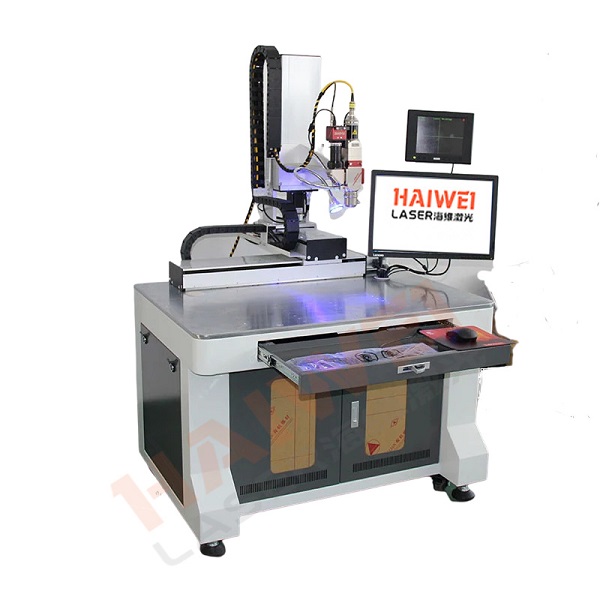How to Avoid Burn-Through When Laser Welding Thin-Wall Materials
Welding thin-wall components presents unique challenges, especially when using high-power laser welding equipment. The risk of burn-through is high due to low material mass and rapid heat accumulation. However, with proper process control, reliable and clean welds are achievable.

1. Use Pulsed Laser Mode
For thin-wall materials laser welding, pulsed operation is often more effective than continuous wave (CW). Pulsed lasers deliver energy in short bursts, allowing the material to cool slightly between pulses. This reduces overall heat input and minimizes distortion or perforation, especially on sheets below 0.5 mm.
2. Optimize Power and Speed Settings
High welding speed with moderate laser power helps prevent excessive melting. A general rule is to use just enough power to achieve full penetration without surplus energy. Start with lower power settings and gradually increase while monitoring backside appearance. The goal is a uniform, narrow weld bead without sputtering or hole formation.
3. Control Focus Position and Spot Size
Precise focus positioning is critical. Slightly defocusing the beam can spread energy over a wider area, reducing peak intensity. For very thin materials, a larger spot size with lower power density can provide better control than a tightly focused, high-intensity beam.
4. Ensure Proper Joint Fit-Up and Clamping
Gaps between parts concentrate heat and increase burn-through risk. Use precision fixturing to maintain tight contact. Backing bars or heat sinks can also help draw excess heat away from the weld zone, especially in manual or prototype setups.
5. Select the Right Shielding Gas
Inert gases like argon or helium protect the melt pool and stabilize the process. Helium, with higher thermal conductivity, can help dissipate heat faster, reducing the chance of overheating.
When evaluating laser welding equipment, look for systems with fine power control, adjustable pulse shaping, and integrated process monitoring. These features support stable thin-wall materials laser welding across different production scenarios, from medical devices to battery enclosures.
Recent Posts
- What are the advantages of laser welding machines in lithium battery pack production lines?
- What issues should be noted when choosing a lithium battery pack production line?
- Quality Inspection and Control of Lithium Battery Module Pack Production Line
- Cell grouping and sorting process in lithium battery module pack production line
- What are the safety hazards of lithium battery pack production lines and how can they be prevented?
INQUIRY

